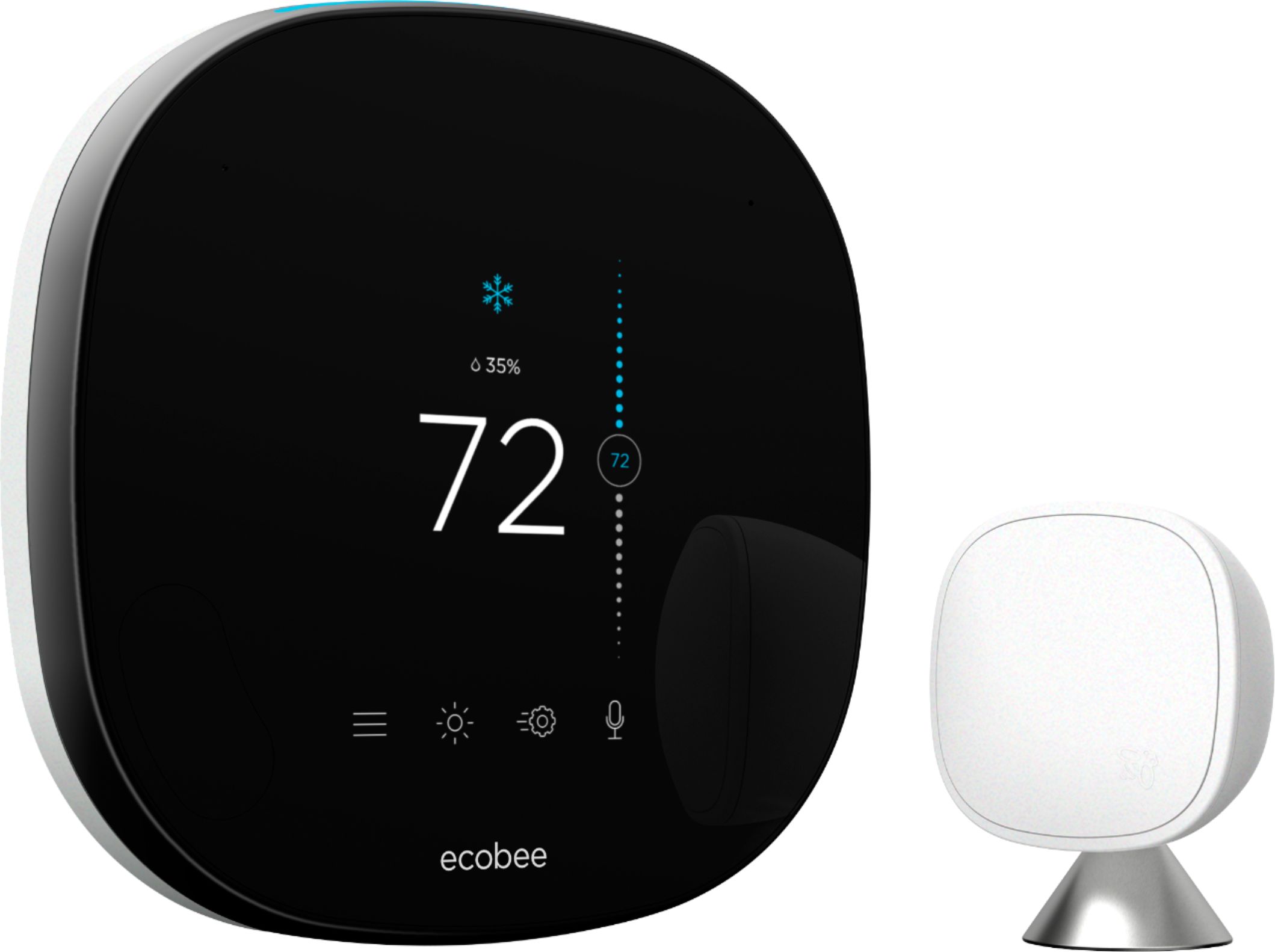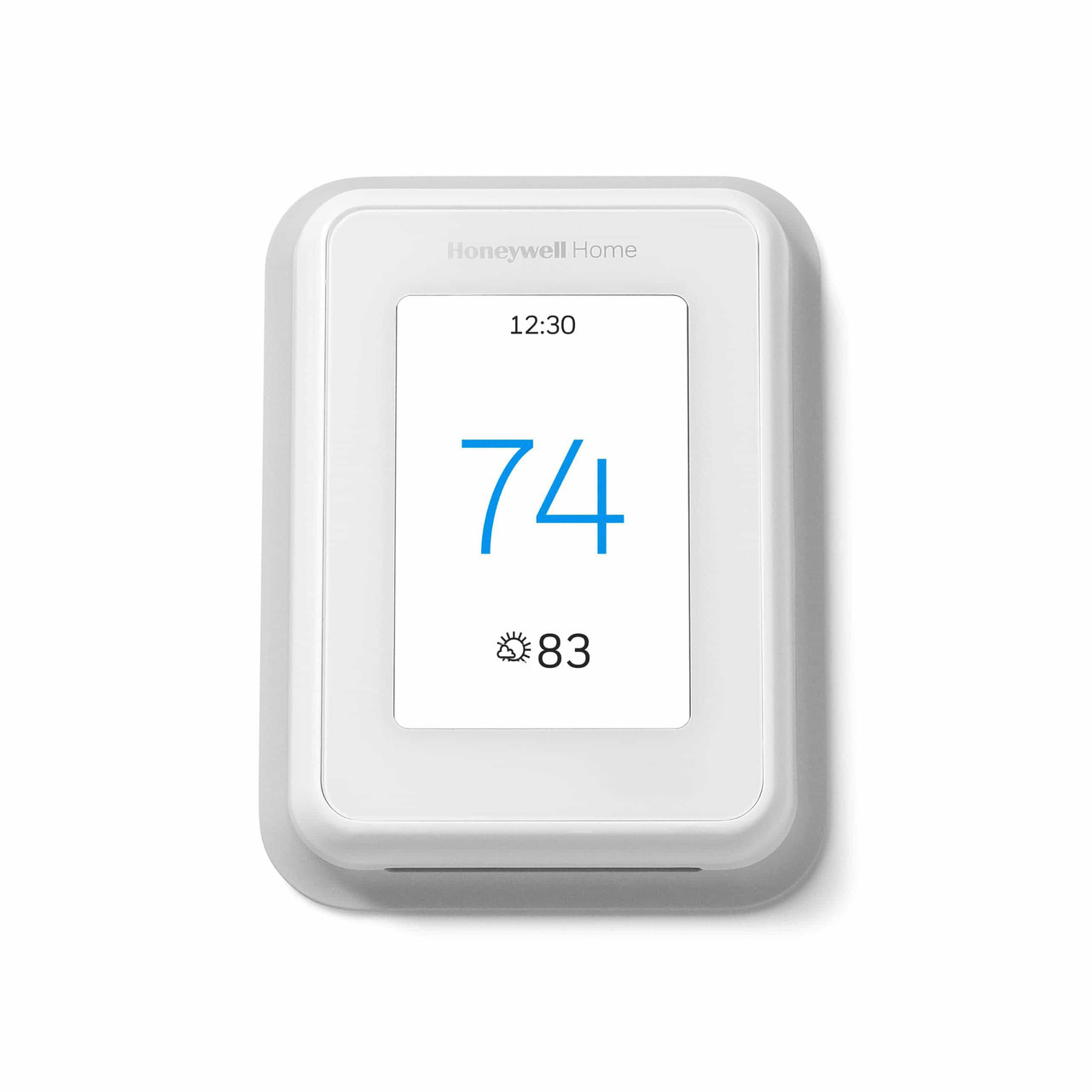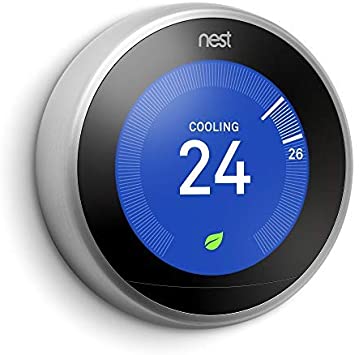Leonard Splaine Best Smart Thermostats

If you’re looking to smarten up your home, your thermostat is a good place to start and can help you save a considerable chunk of money by reducing your heating and cooling costs. Smart thermostats are thermostats that can be used with home automation and are responsible for controlling a home’s heating, ventilation, and air conditioning.
Smart thermostats do more than manage your home’s heating and cooling system. These app-enabled smart home devices make it possible to adjust your thermostat from your phone whether you’re on the couch, at the grocery store, or on vacation — anywhere your phone or mobile device is connected to a Wi-Fi or cellular network. Many smart thermostats also work with Alexa, Google Assistant and Siri now too, giving you yet another way to adjust your settings with remote access to your smart home systems.
However, not all smart thermostats are created equal; some are designed for simple heating and cooling systems and offer basic scheduling and programming options, while others are designed for complex multi-stage systems and will control heating, cooling, dehumidifier, and ventilation systems. Some smart thermostat systems also use smart features like a motion sensor to determine if you’re home or away and automatically change the temperature — both heating and cooling — for you, without you having to fiddle with your HVAC system. Others rely on a geofencing radius: Once you get a certain distance from your home, they automatically switch to away mode and then back to home mode when you return. Then there are features like remote sensors, a power extender kit, thermostats that work with existing infrastructures (in other words, that are compatible with Apple HomeKit) and, of course, thermostats that measure your energy usage so that your home can be more energy efficient. Truly, a smart home thermostat is an energy-saving smart device that’s good for both the environment and your wallet.
Let’s explore the available options model by model. We’ll highlight what makes each model stand out from the rest and ultimately pick an overall winner of the best smart thermostat from the pack. We update the list periodically, but here’s a list of smart thermostats we’ve tested recently:
- Ecobee3 Lite
- Ecobee Smart Thermostat
- Emerson Sensi
- Emerson Sensi Touch
- Honeywell Lyric
- Honeywell Lyric T5
- Johnson Controls GLAS
- Lux Geo
- Lux Kono
- Nest Learning Thermostat
- Nest Thermostat
- Nest Thermostat E
- Resideo Honeywell Home T9
Best overall
Ecobee Smart Thermostat

The Ecobee Smart Thermostat is our favorite pick for the best smart thermostat available today. Yes, it’s expensive at $249, but it has the performance and features to back it up — especially if you want to talk to Alexa without having to buy an Amazon Echo. If you don’t want or need an Amazon Alexa speaker, the $169 Ecobee3 Lite Wi-Fi thermostat is also a great option.
Best value
Nest Thermostat

The Nest Thermostat is an Alexa- and Google-Assistant-enabled smart thermostat from Google — and it’s only $130, or even less. Compared to the high-end $250 smart thermostats, this model offers a great value. It also looks nice, is easy to install and use in the Google Home app (or with voice command; compatible smart speakers and displays sold separately), and performs well.
Best remote sensor
Resideo Honeywell Home T9 Smart Thermostat

The Honeywell Home T9 is a $200 smart thermostat from Resideo. The T9 works with Alexa and Google Assistant and offers reliable performance and a solid app. The device also comes with remote humidity, proximity, and temperature sensors, making it the smartest sensor accessory around. Nest’s sensor only provides ambient temperature readings, while Ecobee’s sensor only has temperature and proximity detection capabilities.
Best design
Nest Learning Thermostat

I hold that the $249 Nest Learning Thermostat is still the best-looking smart thermostat out there. Its rounded design harkens back to old-school thermostats, but the device has a modern look that fits in with nearly any home decor. The $169 Nest Thermostat E looks nice too, but it has more plastic components that aren’t as appealing as the Learning Thermostat’s stainless steel.
Testing a thermostat
Smart thermostats start with the installation. Installations can vary widely from thermostat to thermostat and between HVAC systems, but there are some basic steps required for installing these devices. As always, consult a professional installer if you have any questions about the setup process. Here are the general steps:
- Turn off power to your thermostat at the circuit breaker
- Remove the old thermostat
- Install the thermostat’s base plate with the included screws
- Attach the wires to the wire terminals
- Snap-on the faceplate
- Turn on power at the circuit breaker
Conclusion
Between installation and the device itself, the cost of a smart thermostat can carry a significant premium over a traditional model. But keep in mind that it can actually save you money on heating and cooling costs over time, not to mention the flexibility it provides when you’re both in and out of the house.
For more inquiry, contact a Leonard Splaine expert or call 703-494-2855
